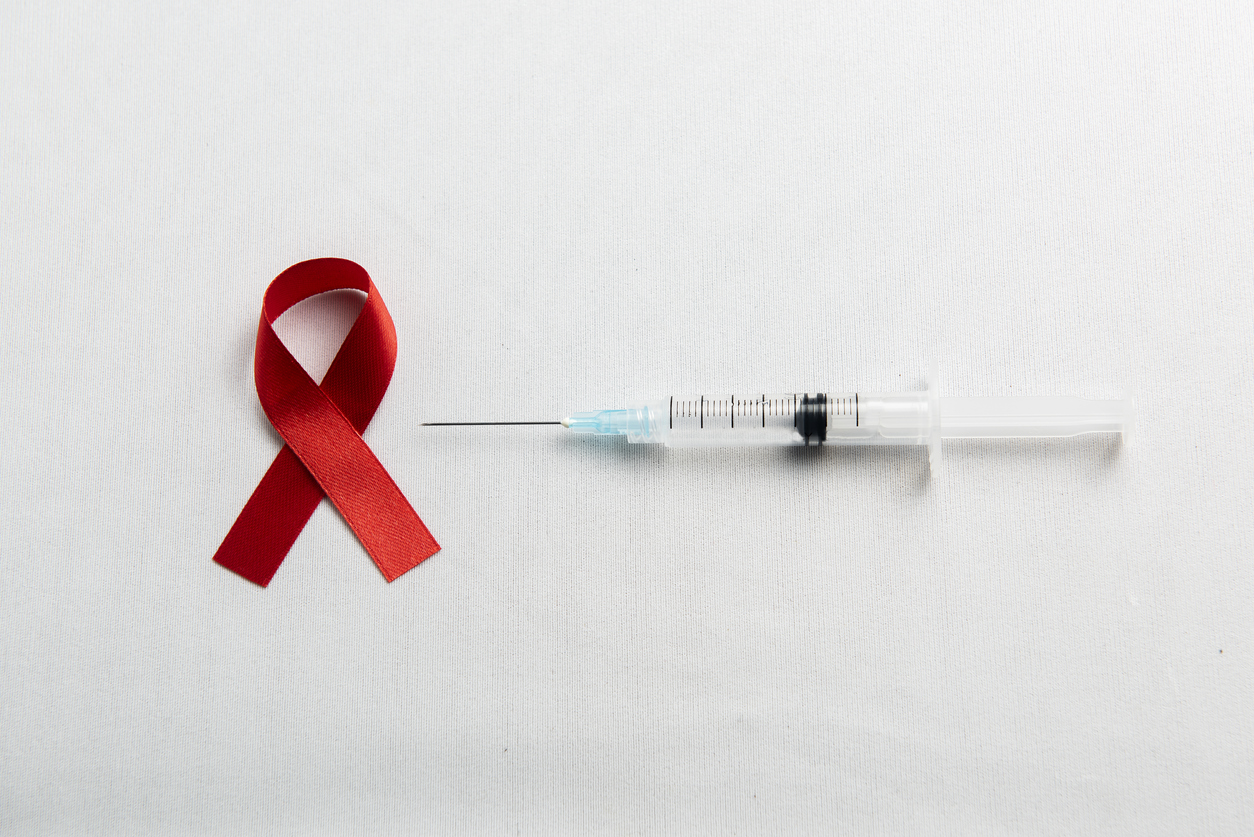2025-10-03
Can we really predict relapse after breast surgery?
Oncology
By Ana Espino | Published on october 3rd, 2025 | 3 min read
#PinkOctober #BreastCancer #IBTR #Recurrence
Ipsilateral breast tumor recurrence (IBTR) after breast-conserving surgery for invasive breast cancer remains a major concern in clinical practice, both from oncological and psychological standpoints. Although therapeutic advances have helped reduce this risk, it still persists for some patients, with significant consequences on quality of life and future care.
The currently available prediction tools are often outdated, limited in their accuracy, and do not take into account modern therapeutic data, such as the widespread use of adjuvant treatments (radiotherapy, hormone therapy, anti-HER2). In a context of personalized medicine, it becomes crucial to stratify the risk of local relapse in order to adjust the intensity of postoperative treatments and avoid both overtreatment and undertreatment.
This study was initiated with the aim of developing and validating a tool to predict local relapse risk at 5 and 10 years. The objective was to design an updated, clinically relevant, and easy-to-use model based on standardized variables (age, tumor status, treatments received), capable of guiding shared decision-making in the postoperative setting.
8,938 patients who underwent breast-conserving surgery for invasive breast cancer, with a median follow-up of 6.5 years, were selected and included in the study. The developed Cox regression model integrates ten key clinical variables, including age, tumor grade, surgical margin status, presence of lymphovascular invasion, HER2 status, and adjuvant treatments (radiotherapy, hormone therapy, anti-HER2 therapies). The model shows solid calibration, with good agreement between estimated and observed risk, particularly for patients at low and medium risk. The final model’s C-index is 0.65, which remains moderate in terms of discrimination, but acceptable at the population level.
Patients at highest risk are young women (< 40 years), those with positive or close margins, and those with lymphovascular invasion. Conversely, the combination of complete adjuvant treatment (radiotherapy + hormone therapy) is associated with a significantly reduced risk.
Local tumor relapse after breast-conserving surgery represents a dreaded complication, which can compromise prognosis and negatively impact patients’ quality of life. One of the main current challenges is to estimate this risk in a personalized way, in order to adjust adjuvant treatments without tipping into over- or under-treatment.
The goal of this study was to develop a reliable predictive model of ipsilateral recurrence at 5 and 10 years, based on contemporary and clinically accessible data. The proposed model, well-calibrated and incorporated into a free interactive tool, represents a concrete step forward in achieving more individualized decision-making in breast surgery.
However, the model's discriminative capacity remains moderate, and the analysis is based exclusively on a Japanese cohort, which limits its generalizability. Moreover, molecular and genomic data are not yet integrated. Further work includes international validation, enhancement of the model with tumor biomarkers, and study of its real impact on clinical decision-making and patient satisfaction. This type of tool could become a key element in personalized medicine for localized breast cancer.
About the author – Ana Espino
As a scientific writer, Ana is passionate about bridging the gap between research and real-world impact. With expertise in immunology, virology, oncology, and clinical studies, she makes complex science clear and accessible. Her mission: to accelerate knowledge sharing and empower evidence-based decisions through impactful communication.
#PinkOctober #BreastCancer #IBTR #Recurrence
Ipsilateral breast tumor recurrence (IBTR) after breast-conserving surgery for invasive breast cancer remains a major concern in clinical practice, both from oncological and psychological standpoints. Although therapeutic advances have helped reduce this risk, it still persists for some patients, with significant consequences on quality of life and future care.
The currently available prediction tools are often outdated, limited in their accuracy, and do not take into account modern therapeutic data, such as the widespread use of adjuvant treatments (radiotherapy, hormone therapy, anti-HER2). In a context of personalized medicine, it becomes crucial to stratify the risk of local relapse in order to adjust the intensity of postoperative treatments and avoid both overtreatment and undertreatment.
This study was initiated with the aim of developing and validating a tool to predict local relapse risk at 5 and 10 years. The objective was to design an updated, clinically relevant, and easy-to-use model based on standardized variables (age, tumor status, treatments received), capable of guiding shared decision-making in the postoperative setting.
Who relapses… and when?
8,938 patients who underwent breast-conserving surgery for invasive breast cancer, with a median follow-up of 6.5 years, were selected and included in the study. The developed Cox regression model integrates ten key clinical variables, including age, tumor grade, surgical margin status, presence of lymphovascular invasion, HER2 status, and adjuvant treatments (radiotherapy, hormone therapy, anti-HER2 therapies). The model shows solid calibration, with good agreement between estimated and observed risk, particularly for patients at low and medium risk. The final model’s C-index is 0.65, which remains moderate in terms of discrimination, but acceptable at the population level.
Patients at highest risk are young women (< 40 years), those with positive or close margins, and those with lymphovascular invasion. Conversely, the combination of complete adjuvant treatment (radiotherapy + hormone therapy) is associated with a significantly reduced risk.
One more tool toward tailored surgery
Local tumor relapse after breast-conserving surgery represents a dreaded complication, which can compromise prognosis and negatively impact patients’ quality of life. One of the main current challenges is to estimate this risk in a personalized way, in order to adjust adjuvant treatments without tipping into over- or under-treatment.
The goal of this study was to develop a reliable predictive model of ipsilateral recurrence at 5 and 10 years, based on contemporary and clinically accessible data. The proposed model, well-calibrated and incorporated into a free interactive tool, represents a concrete step forward in achieving more individualized decision-making in breast surgery.
However, the model's discriminative capacity remains moderate, and the analysis is based exclusively on a Japanese cohort, which limits its generalizability. Moreover, molecular and genomic data are not yet integrated. Further work includes international validation, enhancement of the model with tumor biomarkers, and study of its real impact on clinical decision-making and patient satisfaction. This type of tool could become a key element in personalized medicine for localized breast cancer.
Read next: CDK4/6: The double-edged sword?
About the author – Ana Espino
PhD in Immunology, specialized in Virology

Last press reviews
Could cinnamon become a natural treatment for metabolic syndrome?

By Lila Rouland | Published on December 5, 2025 | 3 min read<br><br>...
Who is afraid of Christmas? Do holidays trigger psychiatric crises?

By Carolina Lima | Published on Décember 4, 2025 | 3 min read
Twice-yearly injections to change the game?

By Ana Espino | Published on December 3rd, 2025 | 3 min read